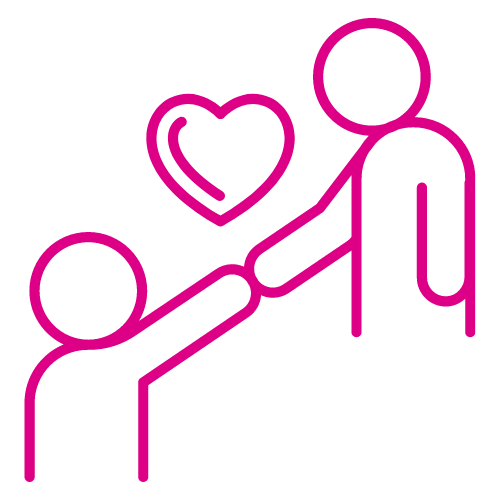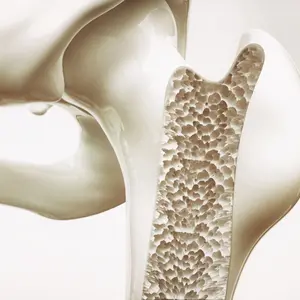

Mental and Behavioral Well-Being

Mental and Behavioral Well-Being
Postnatal Depression: Not Just for Mothers
Maternal mental health awareness and support has increased in recent years, but less known and recognized is that the transition to fatherhood can also be a time of intense change and challenge, and fathers are also at an increased risk for depression and anxiety around the time their children are born.
Previous research had estimated about 10% of fathers experience perinatal depression (depression in the months before and after their child is born). A 2021 Canadian study looked at the prevalence of both depression and anxiety in nearly 2,500 fathers and found that 22% of participants experienced both conditions at once (i.e., comorbidity) at some point during the first year postpartum, and 13% of participants during the second year postpartum.
The peak time for postnatal depression in men is three to six months after the birth, and because the symptoms can often look like the stresses of having a newborn, it often goes undiagnosed. Symptoms can include:
- fear, confusion, helplessness, and uncertainty about the future
- withdrawal from family life, work, and social situations
- indecisiveness
- frustration, irritability, cynicism, and anger
- marital conflict
- partner violence
- negative parenting behaviors
- alcohol and drug use
- insomnia
- physical symptoms like indigestion, changes in appetite and weight, diarrhea, constipation, headaches, toothaches, and nausea.
Just as postnatal depression in women is often attributed to biological factors such as a difficult pregnancy or hormonal changes, emerging evidence suggests that becoming a father is also associated with significant biological effects, such as reductions in testosterone and changes in the brain. Other hormones including estrogen, cortisol, vasopressin, and prolactin may also change in dads during the period after their babies arrive.
Many of the risk factors associated with paternal depression and anxiety are social and psychological in nature. The strongest risk factors men face for postnatal depression are poor or fair perceived health at four weeks postpartum, depression before pregnancy, anxiety in the current pregnancy, significant adverse childhood experiences, ADHD, and victim of intimate partner violence. Other major risk factors for postnatal depression in men include being under the age of 25, financial pressures, and not being in a relationship with the child’s mother. Additionally, postnatal depression in dads is more likely if there is maternal postnatal depression, with 24-50% of fathers with depressed partners experiencing depression themselves.
Left undiagnosed, postnatal depression in dads can take a toll on their relationships with their partners as well as their children.
Compounding the problem are cultural expectations that pregnancy, childbirth and the aftermath are primarily a challenge for women, and that men should be strong, silent, and supportive. Many prenatal social support services are targeted solely toward mothers, and it may be beneficial to facilitate greater dialogue between the fathers.
Left undiagnosed, postnatal depression in dads can take a toll on their relationships with their partners as well as their children. Depressed dads may play, sing, read, and engage less with their children, talk more negatively about and to them, and discipline them more harshly. It can also have an impact on their child, and dads’ depression is associated with emotional, social, and behavioral problems as well as developmental delays in their children.
Screening and early intervention for both depression and anxiety in men during the postpartum period is critical. The treatment of paternal postpartum depression is in its early stages, and current options include medication and talk therapies such as cognitive behavioral therapy (CBT). Other potential beneficial interventions could include wider societal changes such as working practices that recognize parenthood as a period of intense change for fathers as well as mothers (e.g., more generous or flexible parental leave).
REFERENCES
Jarrett, C. (2022, January 19). Postnatal depression in dads: The science underlining this overlooked condition. Science Focus. https://www.sciencefocus.com/news/postnatal-depression-in-dads-the-science-underlining-this-overlooked-condition/
Dennis, C. et al. (2021, December 28). Paternal prevalence and risk factors for comorbid depression and anxiety across the first 2 years postpartum: A nationwide Canadian cohort study. Wiley Online Library. https://onlinelibrary.wiley.com/doi/abs/10.1002/da.23234
National ChildCare Trust. (2018, February). Postnatal depression in dads: 10 things you should know. https://www.nct.org.uk/life-parent/emotions/postnatal-depression-dads-10-things-you-should-know


 By
By







